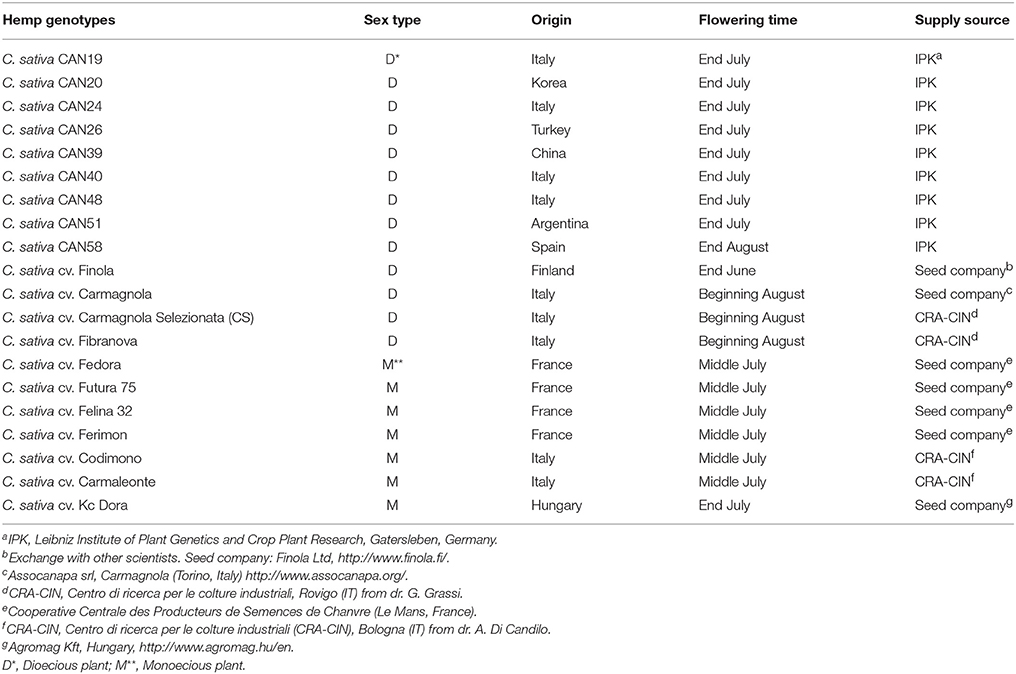Cannabis Sativa Monograph Pdf Editor
Posted : adminOn 5/25/2018Page/Link: Page URL: HTML link: The Free Library. Retrieved Dec 29 2017 from. I have been involved in debates in scientific journals concerning the classification of Cannabis sativa for almost a half century.

Its variation pattern is by no means more complex than posed by thousands of other plant species, which usually receive just a paragraph of mention in the literature. However, because it is the world's most controversial plant, C. Sativa has attracted very widespread interest, not only by scientists but indeed by the public, who regrettably have been confused by its classification and nomenclature.
Even in recent scientific publications there is frequent misunderstand about names applied to forms of C. The issues are not merely academic, since appropriate classification is the means by which certain biotypes are authorized for industrial and medical purposes, or subject to civil and criminal penalties. Accordingly, the evolutionary classification of C. Sativa is very important, and I am very grateful to the editors of Botanical Review for having permitted me to publish a very extensive article on the subject (Small, 2015). Of course, as with most controversial issues, there is not unanimity of opinion on all aspects, as reflected by the criticism of Clarke and Merlin (2015). While I do not question their expertise, as detailed in the following, every one of their substantive criticisms of my contribution is mistaken. Much of the presentation of Clarke and Merlin quotes or rephrases material I presented in my paper, and of course I have no quarrel with this.
Information for Health Care Professionals: Cannabis (marihuana. It is not a Drug Product Monograph. Is the common name for Cannabis sativa. Economic Botany 57(4). Cannabis sativa. Response to the Erroneous Critique of my Cannabis Monograph by R. Clarke and M.D. Kid Ink Up And Away Album Free Download Mp3 on this page.
My rejoinder is limited to their challenges regarding facts or interpretations in my presentation. Classification and Nomenclatural Issues Clarke and Merlin commented regarding the 'species debate' concerning Cannabis: 'is it really so important if we agree on one species, two or three? As Shakespeare might have interjected, the Cannabis taxonomic debate has become 'much ado about nothing'.' The Cannabis taxonomic debate is certainly not much ado about nothing--it is primarily about using taxonomic names in a way that is unambiguous and is consistent with the norms of botanical classification. When some 'apples' (from the species Malus domestica) are called 'oranges' despite most people thinking that oranges come only from the species Citrus sinensis, misunderstanding is inevitable. As discussed in the following, this is the kind of communication problem that Clarke and Merlin have failed to acknowledge. What matters is just exactly what is included in a given conception of a species (or indeed any other taxonomic group), and what isn't - otherwise there is unacceptable ambiguity about what the governing name designates.
Figure 1, which shows the pre-Columbian geography of four cultivated (domesticated) forms of Cannabis, serves to demonstrate how ambiguity exists with respect to Cannabis names. I (and most of the botanical community) consider that all of these groupings belong to 'Cannabis sativa.' By contrast, Clarke and Merlin and several other botanists use the name C. Sativa to designate only Group 1, and assign Groups 2, 3, 4 and 6 to 'C. The ambiguities increase considerably when one also addresses the wild forms, as detailed in Small (2015), but since the commentary of Clarke and Merlin pertains mainly to domesticated forms there is no need to repeat this complicated information here. However, I note that in their comments Clarke and Merlin misinterpret my classification of Cannabis in asserting that I include wild counterparts in the respective groups in which I place the four basic domesticated forms. Table 1 contrasts the scientific names employed by me and by Clarke & Merlin for the six groups.